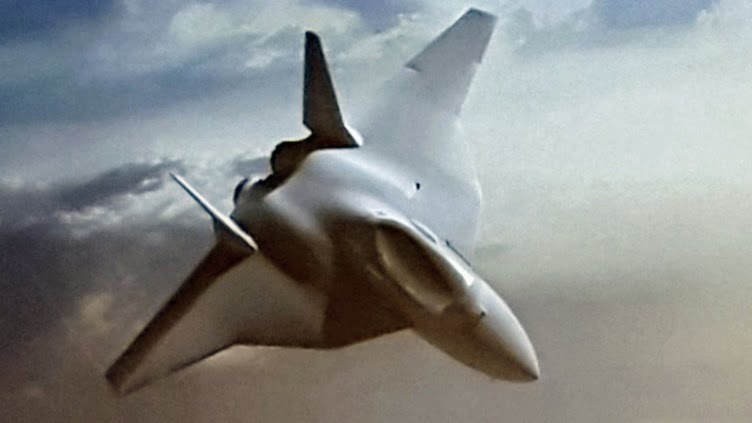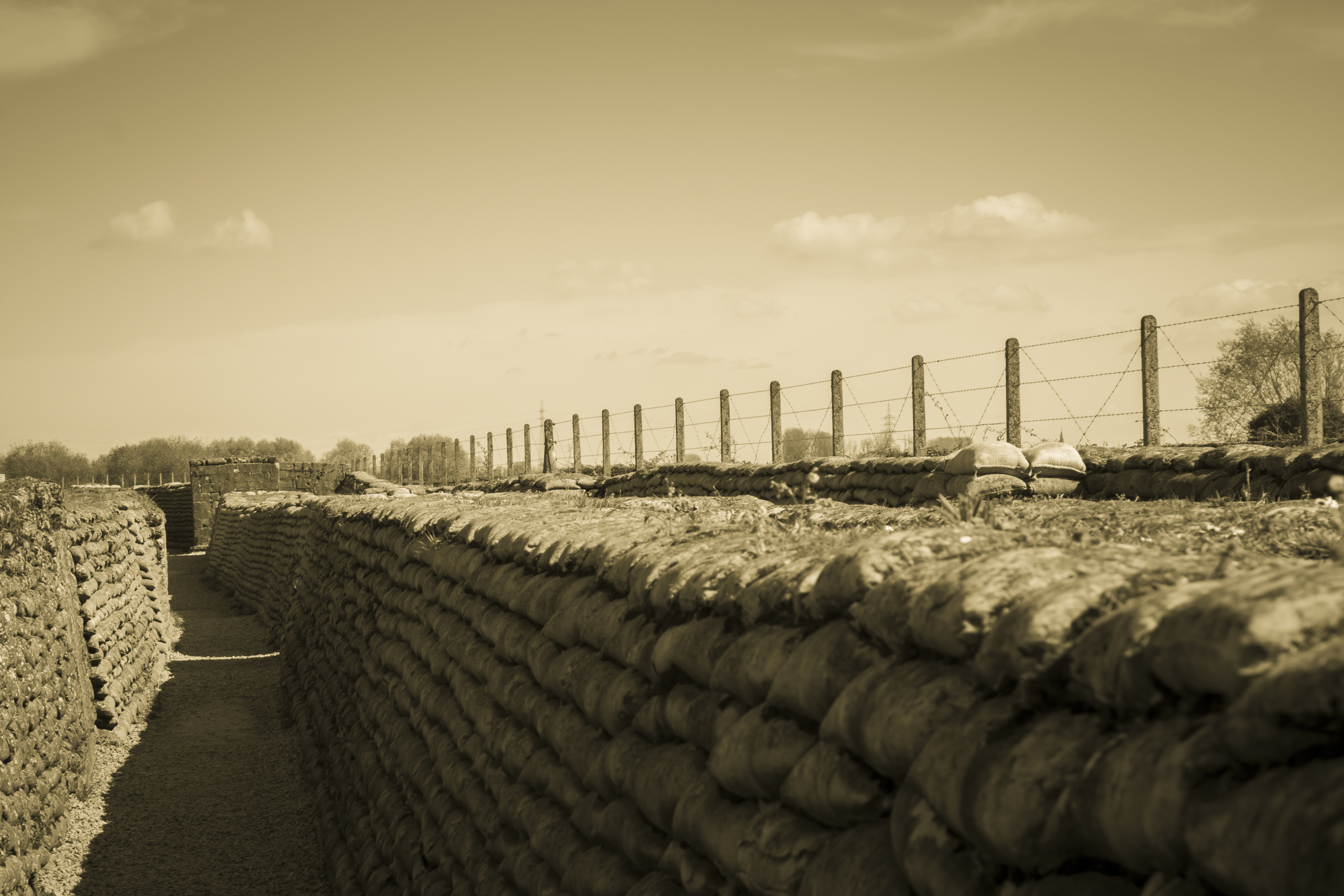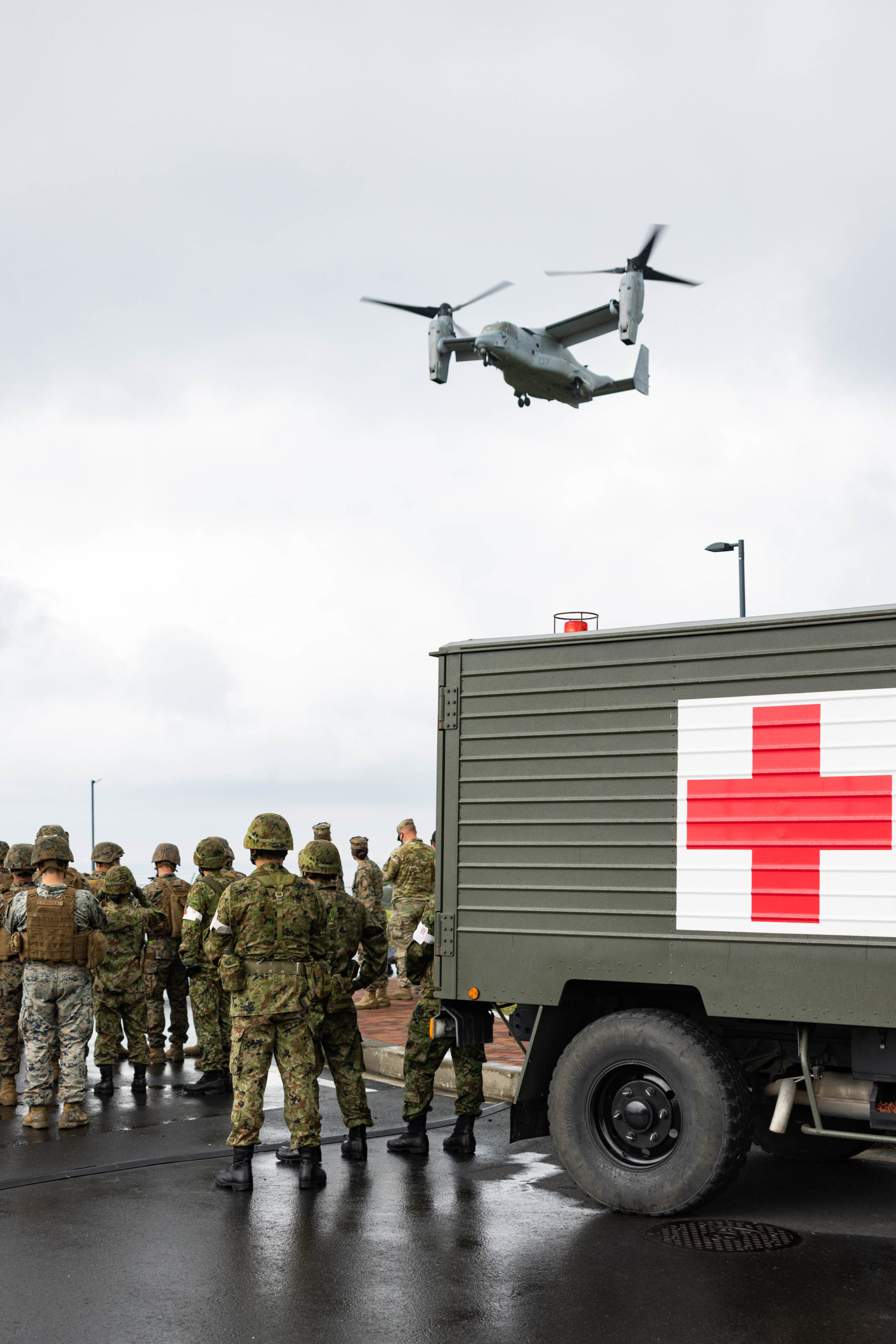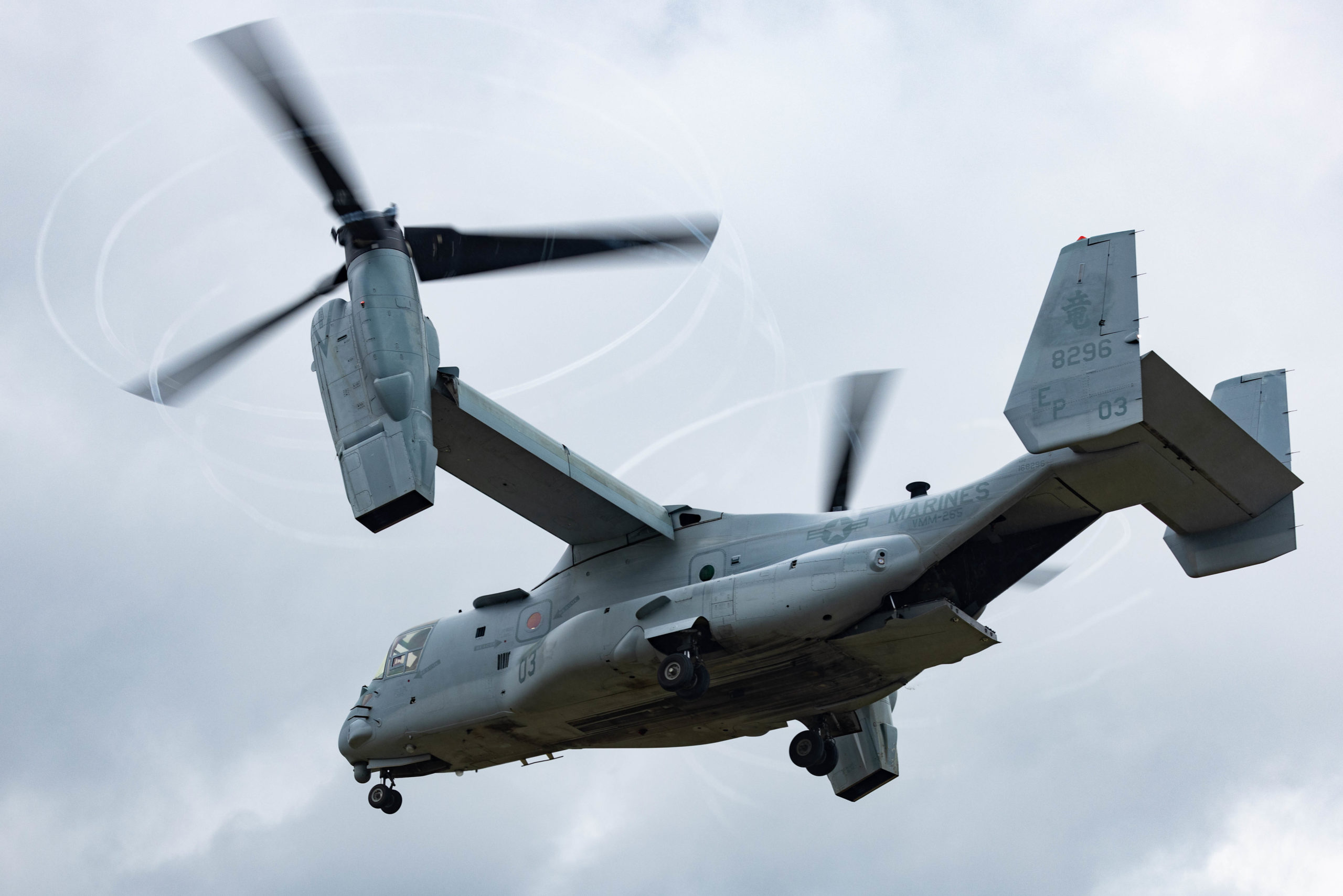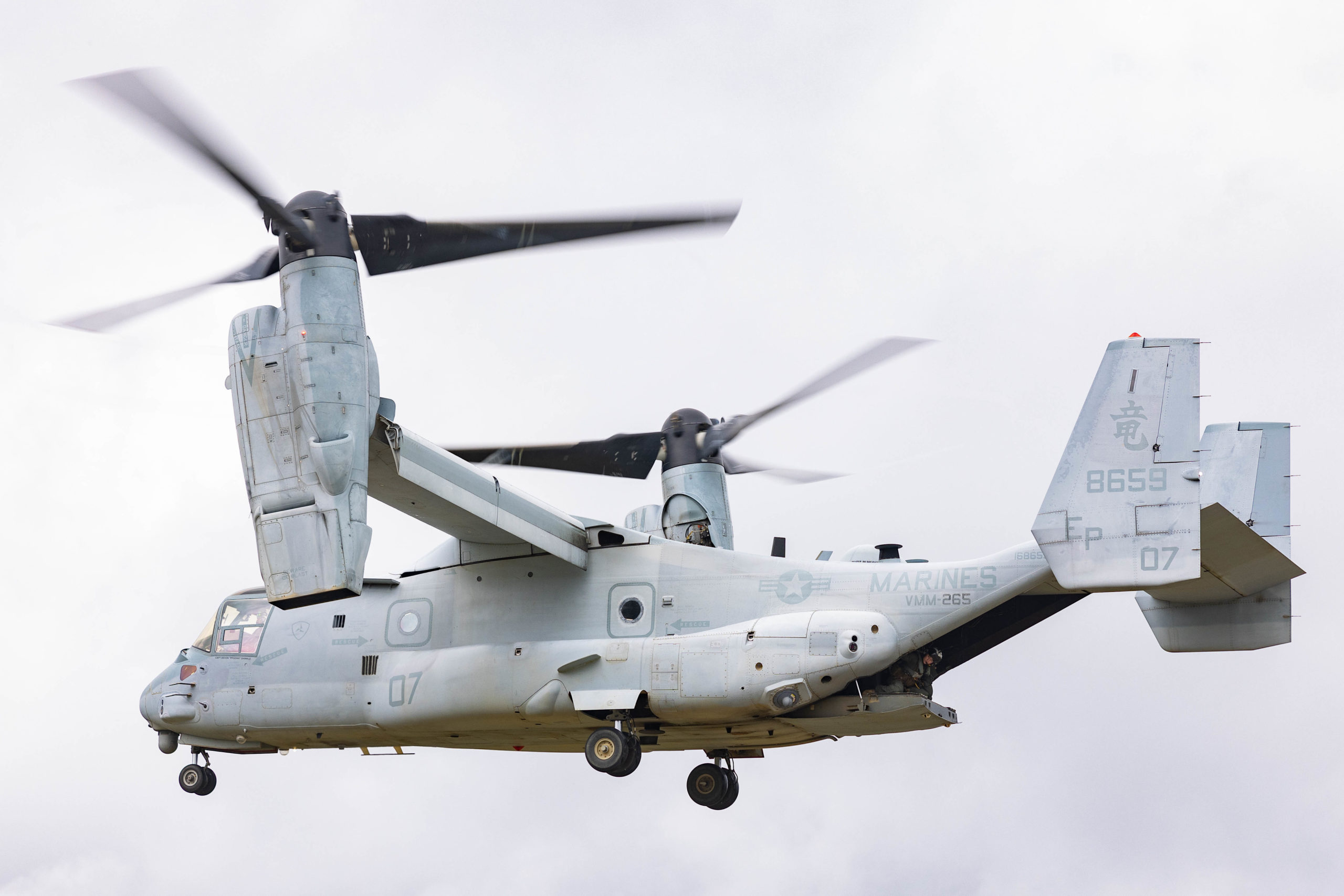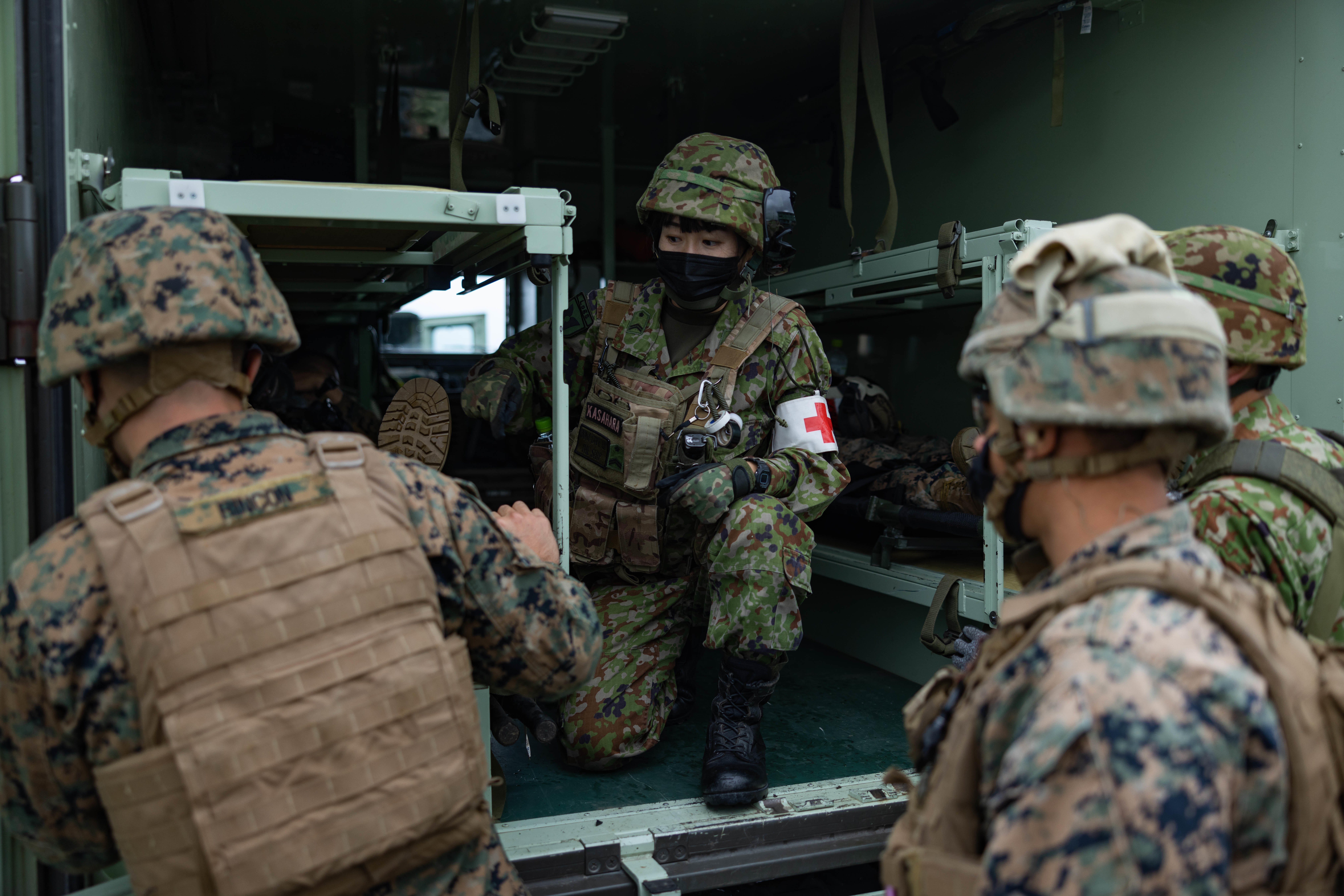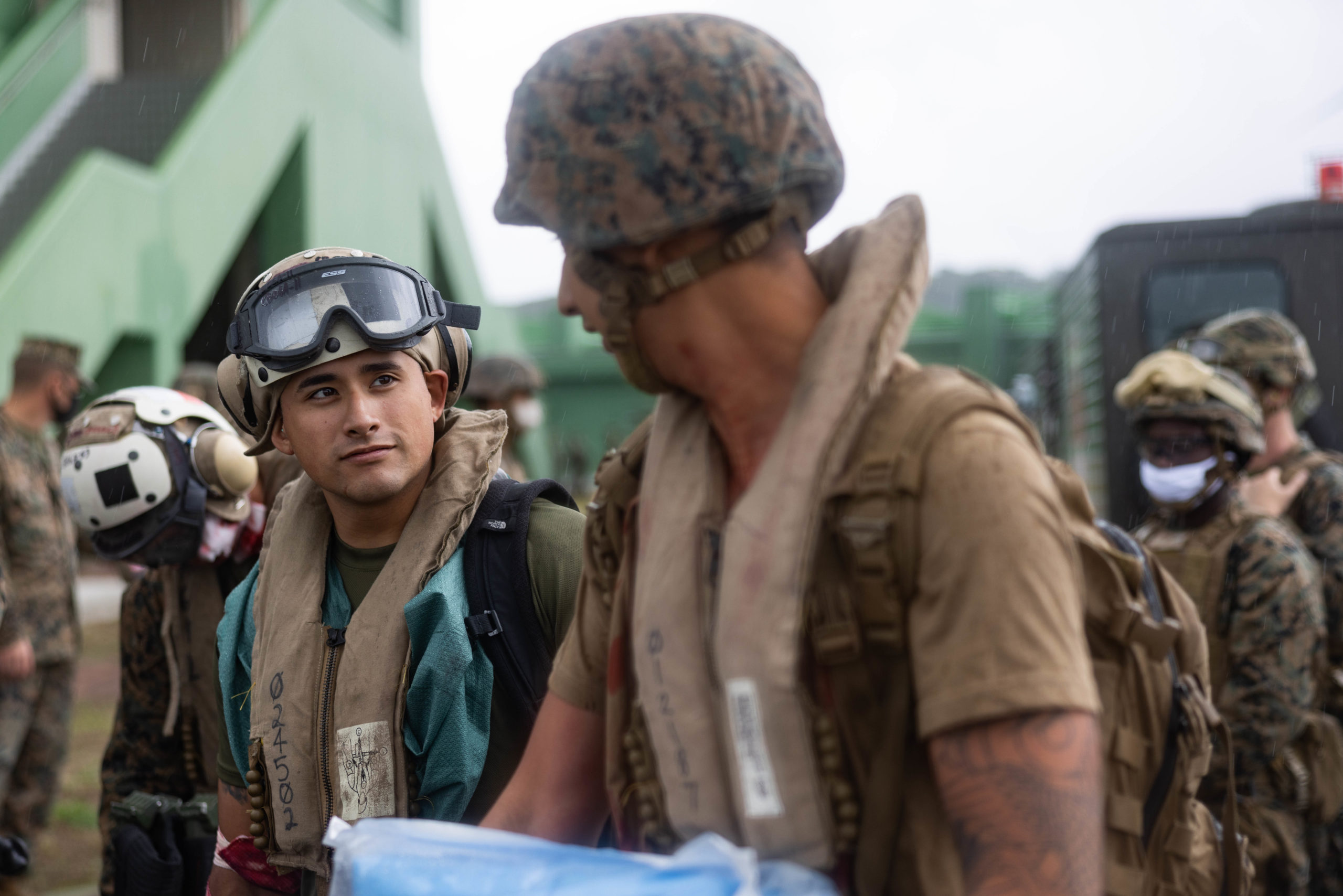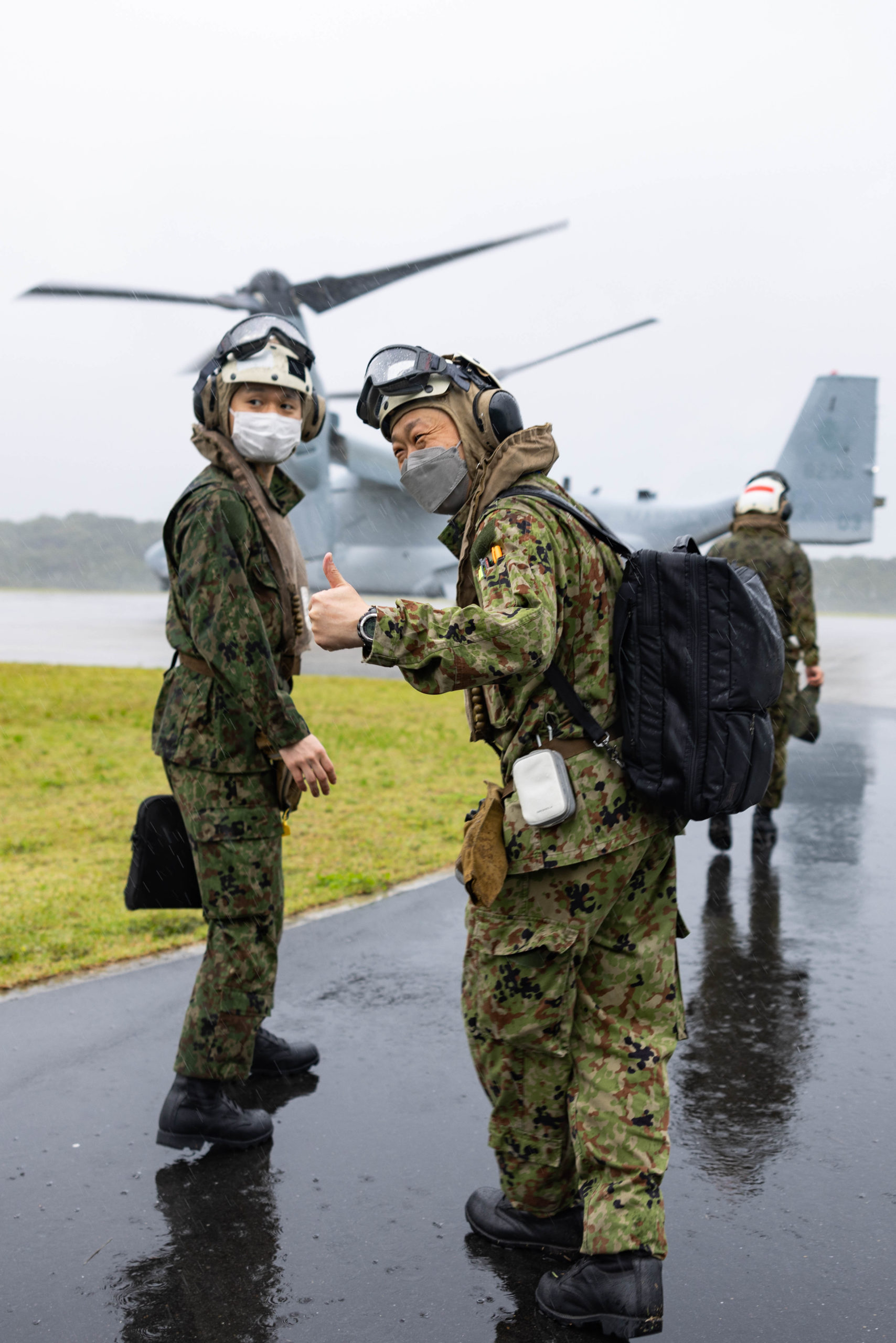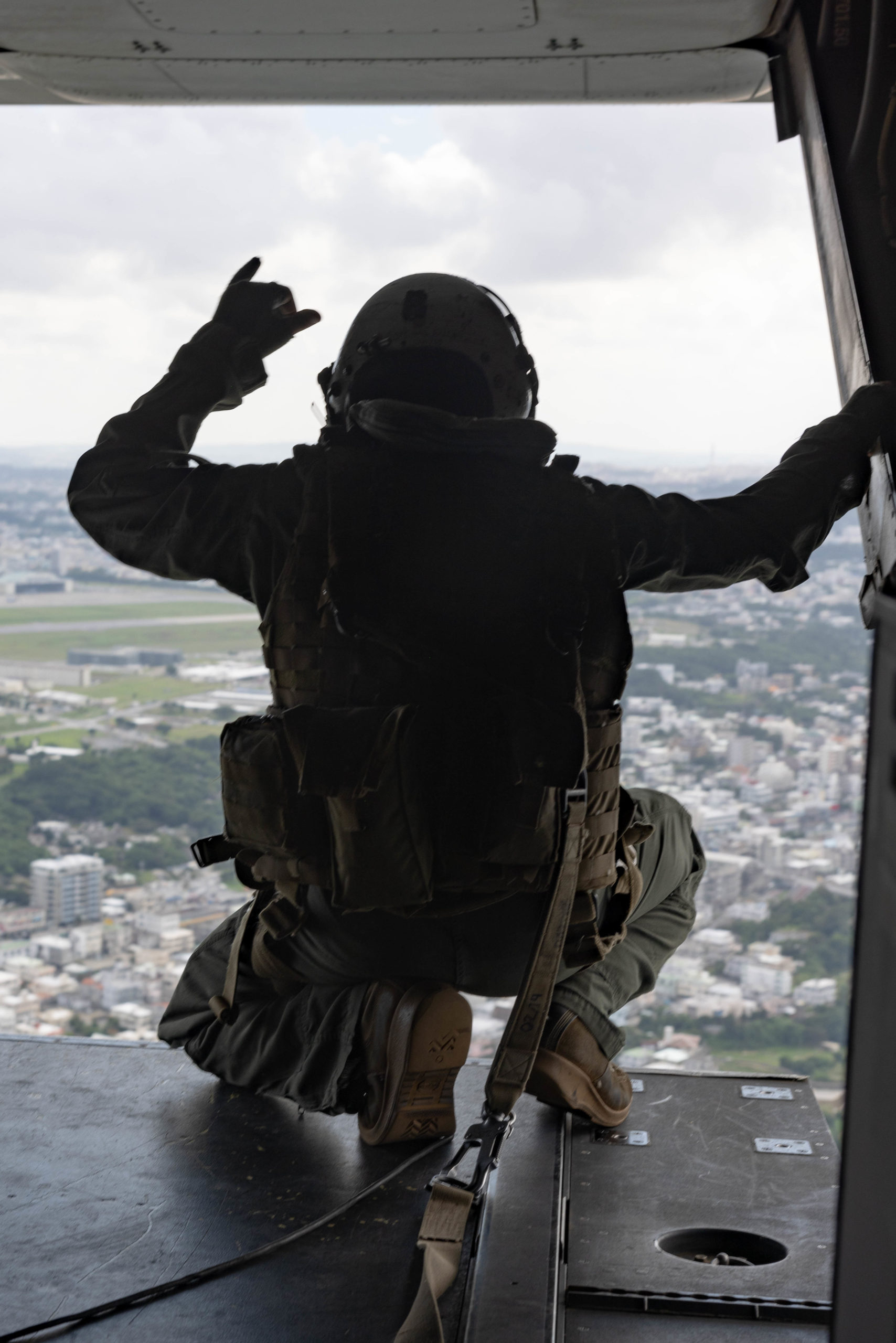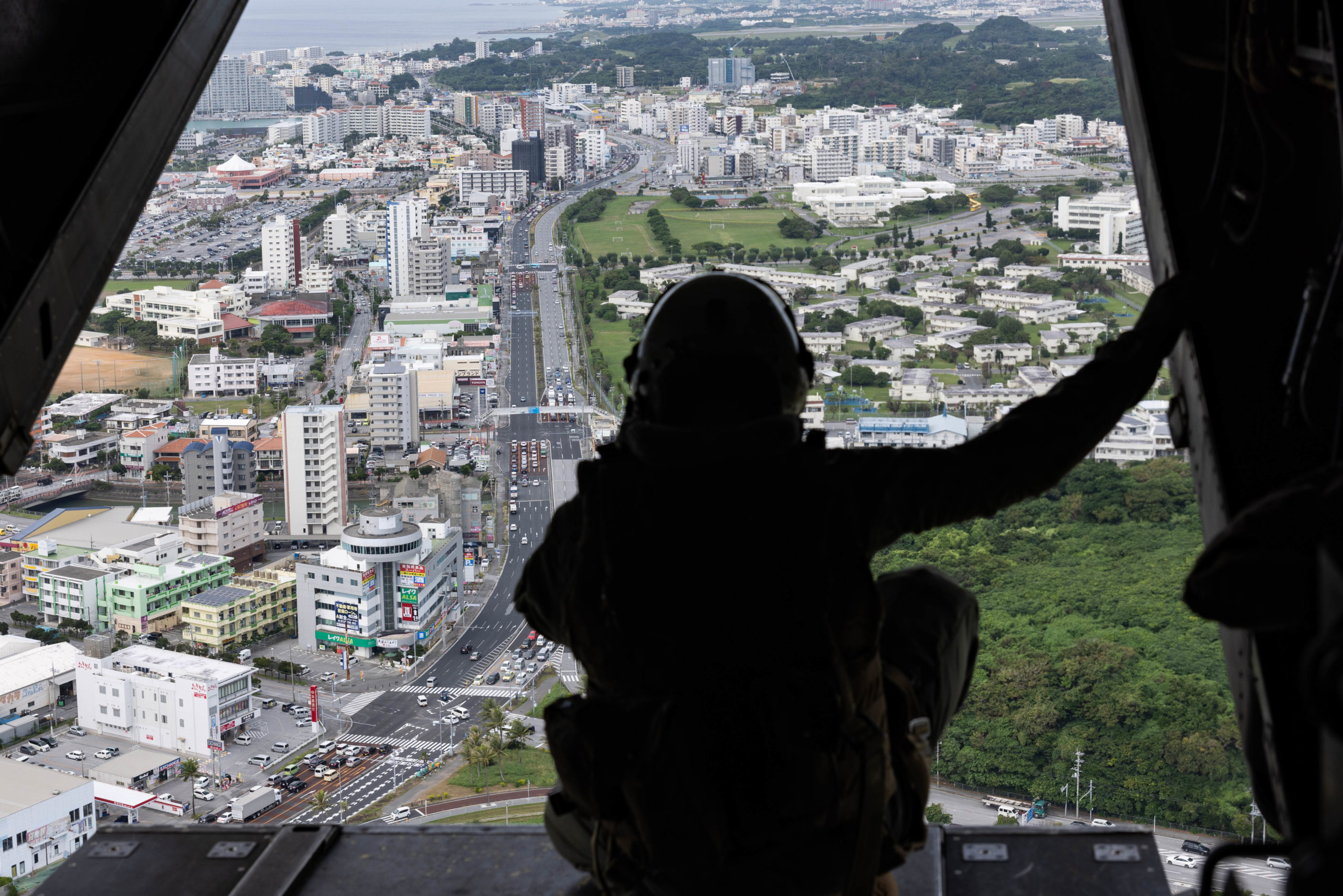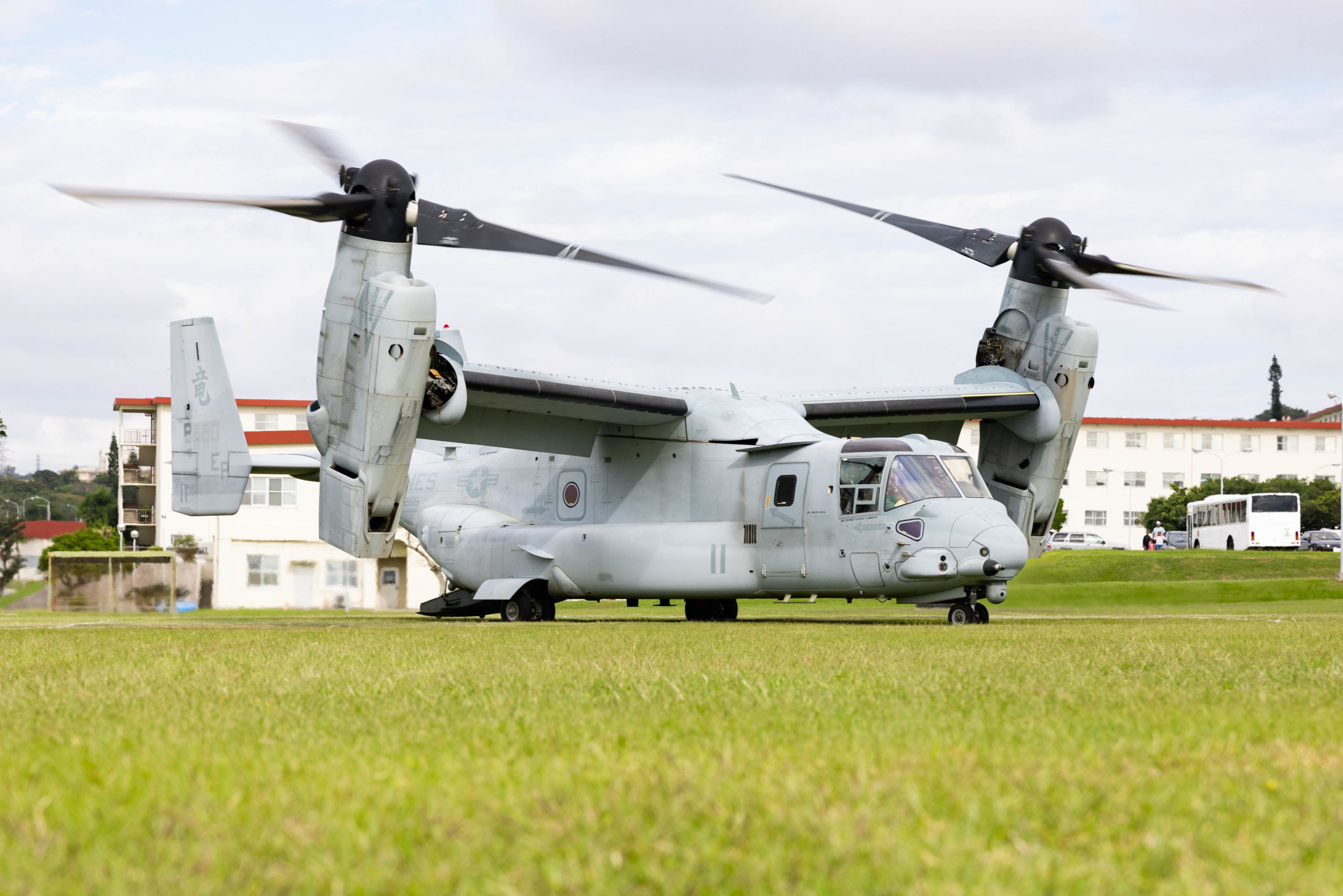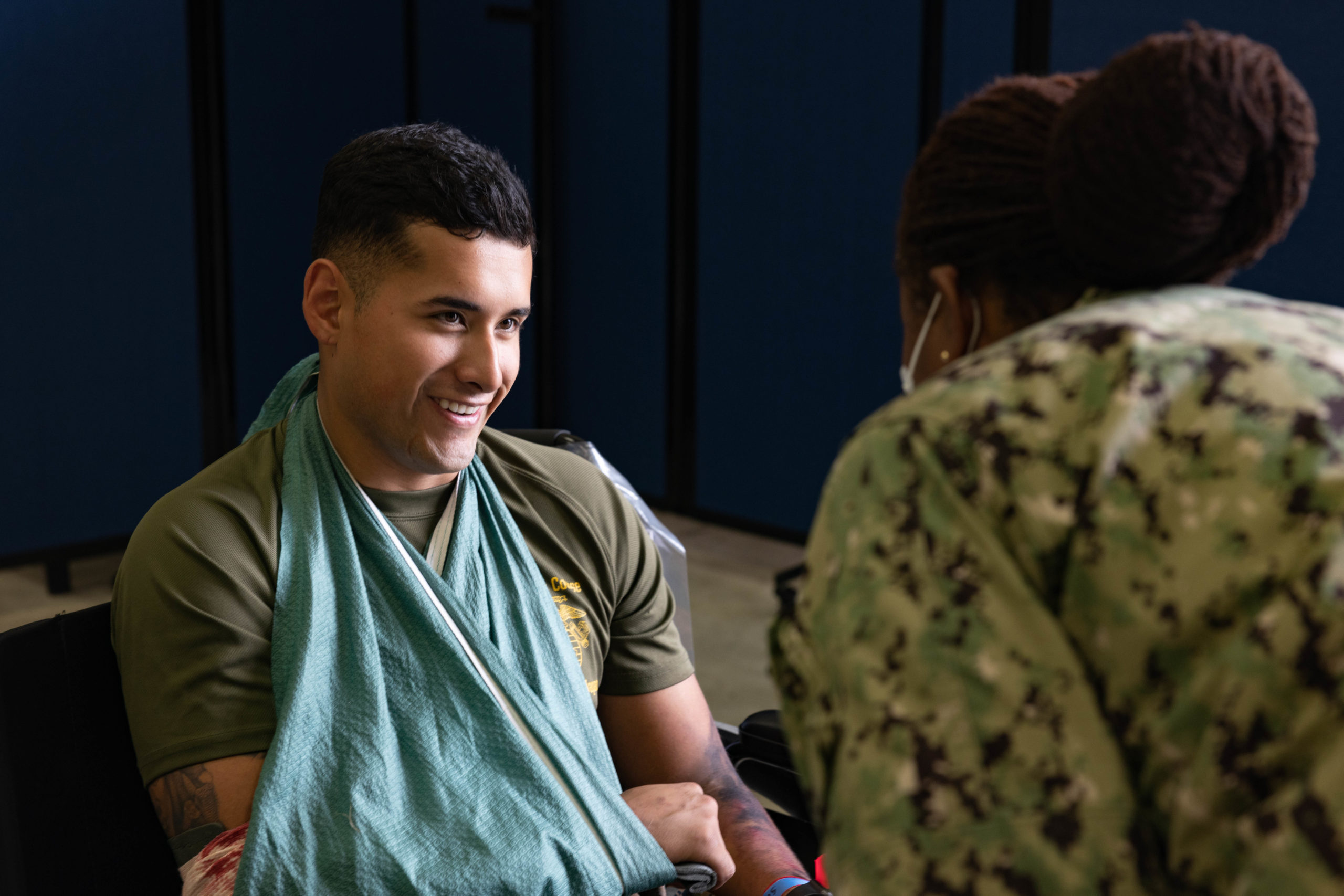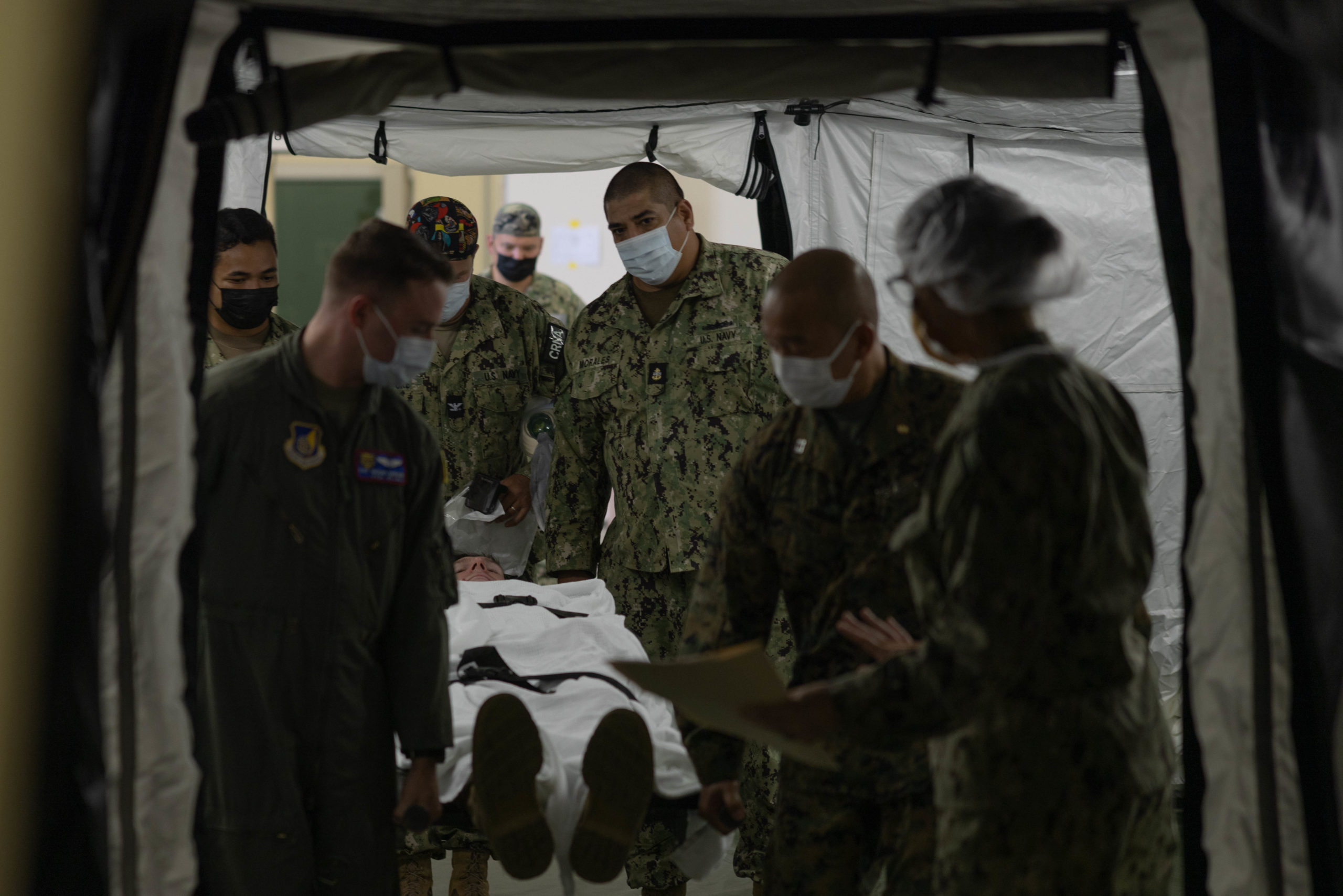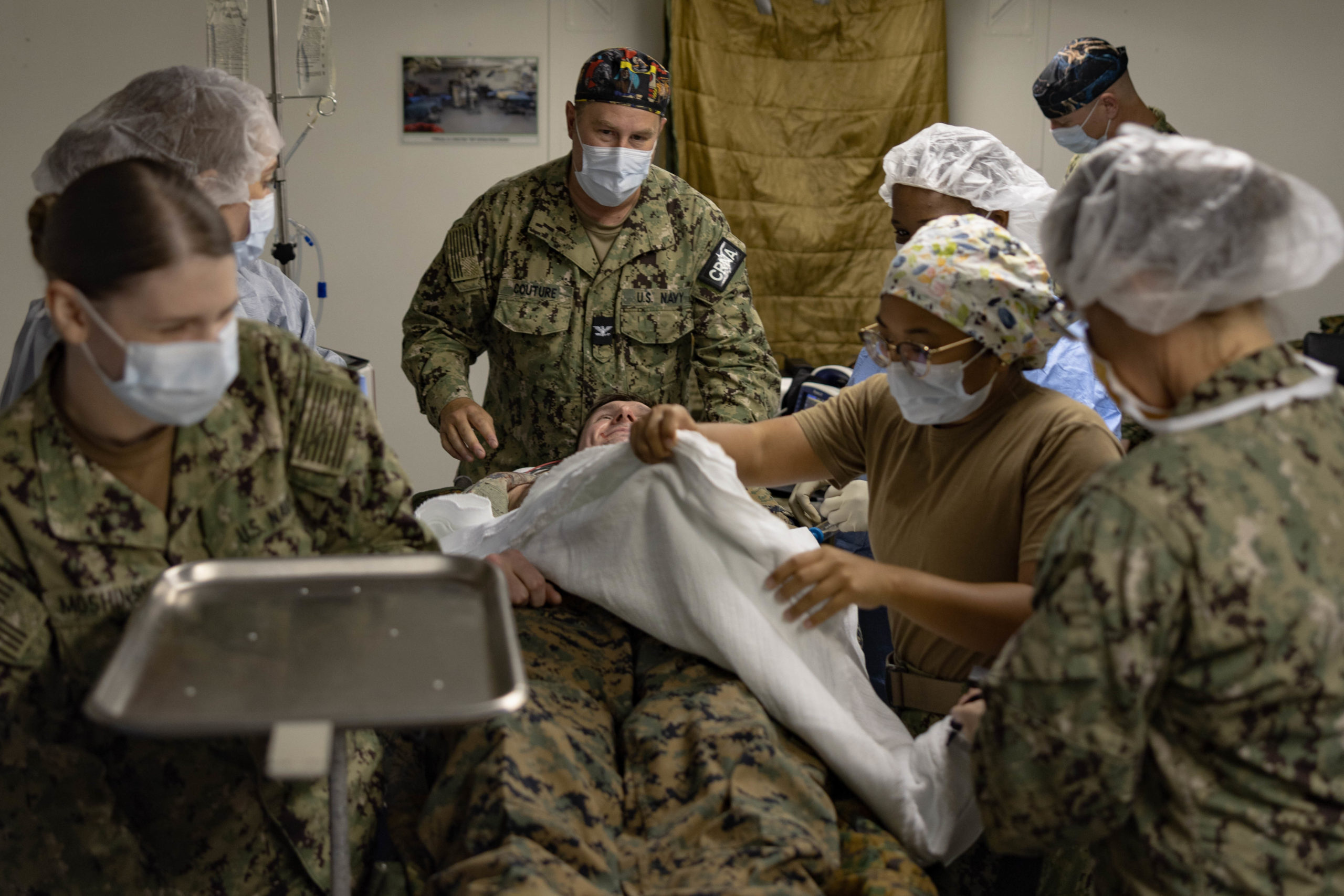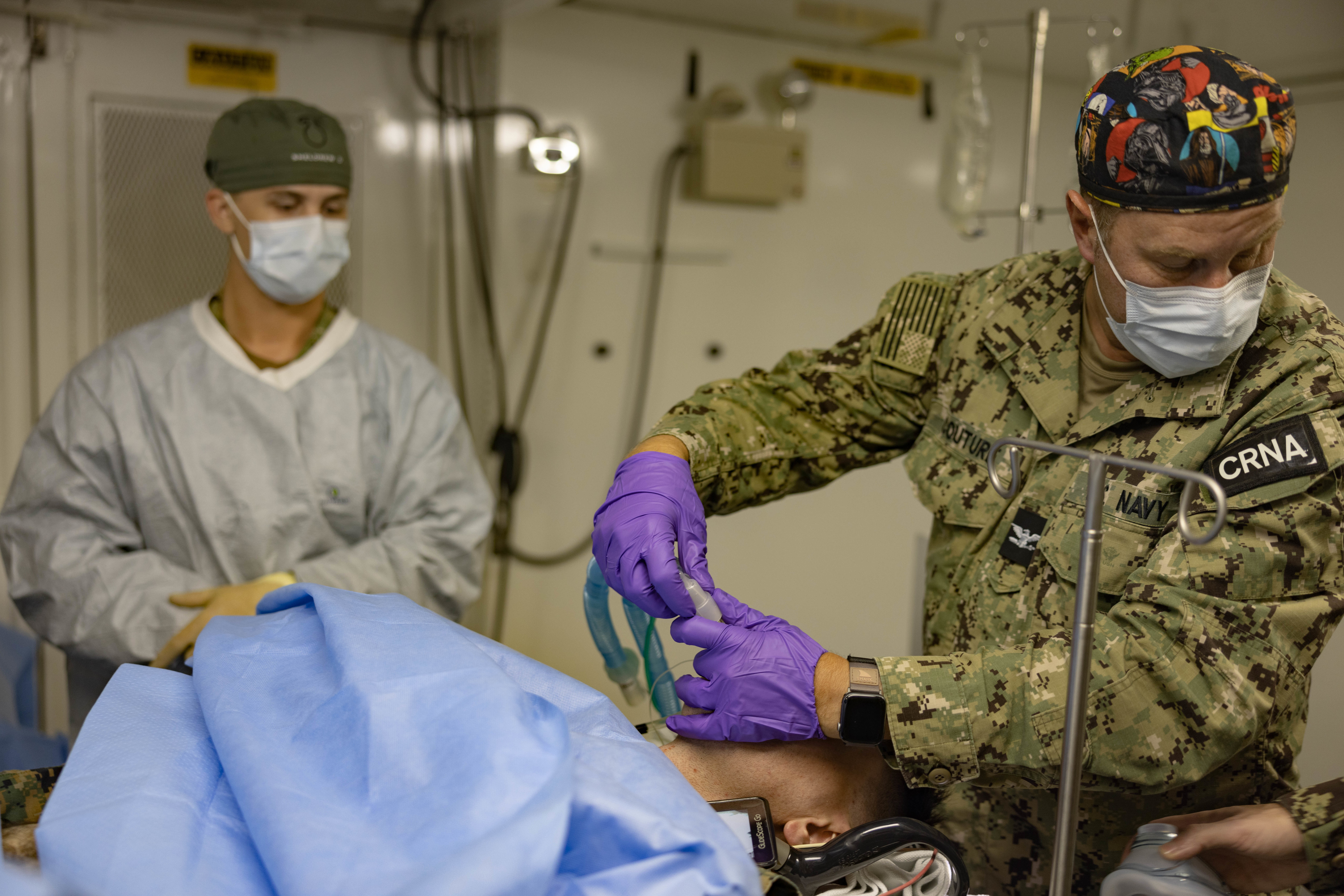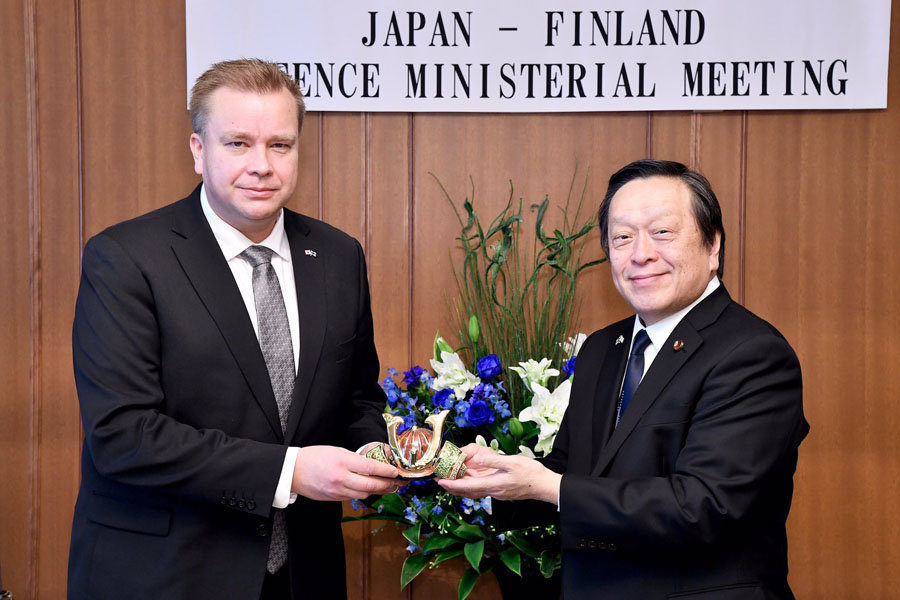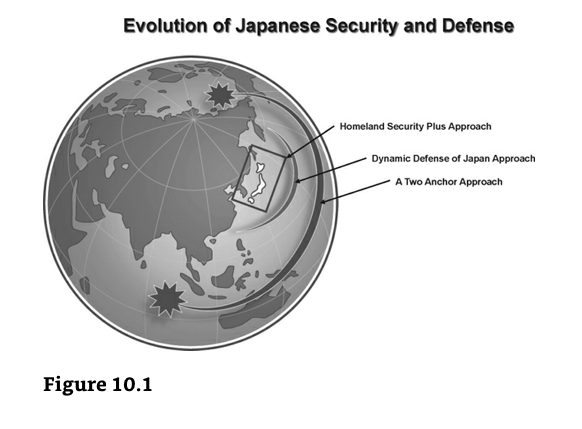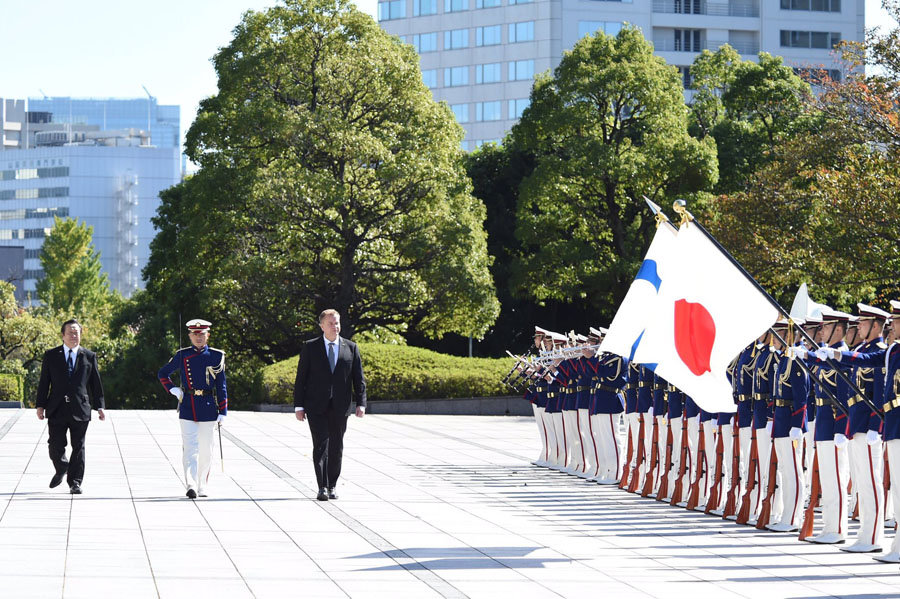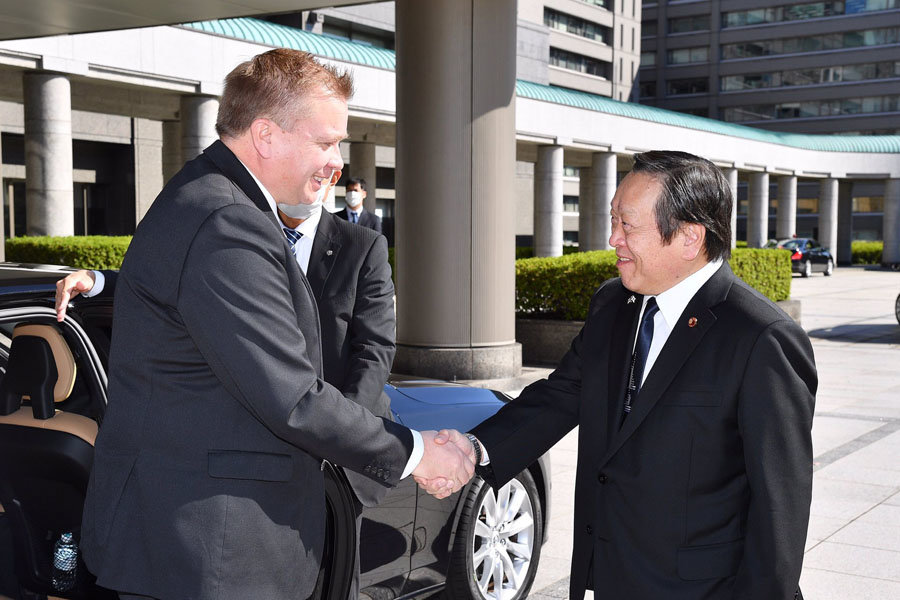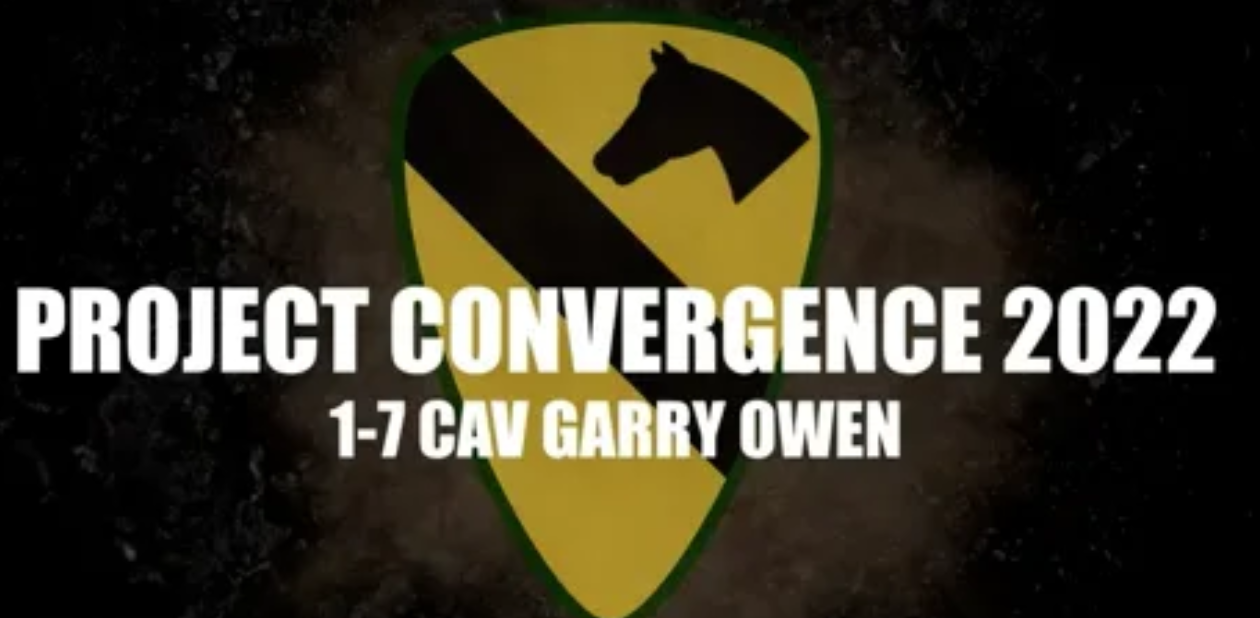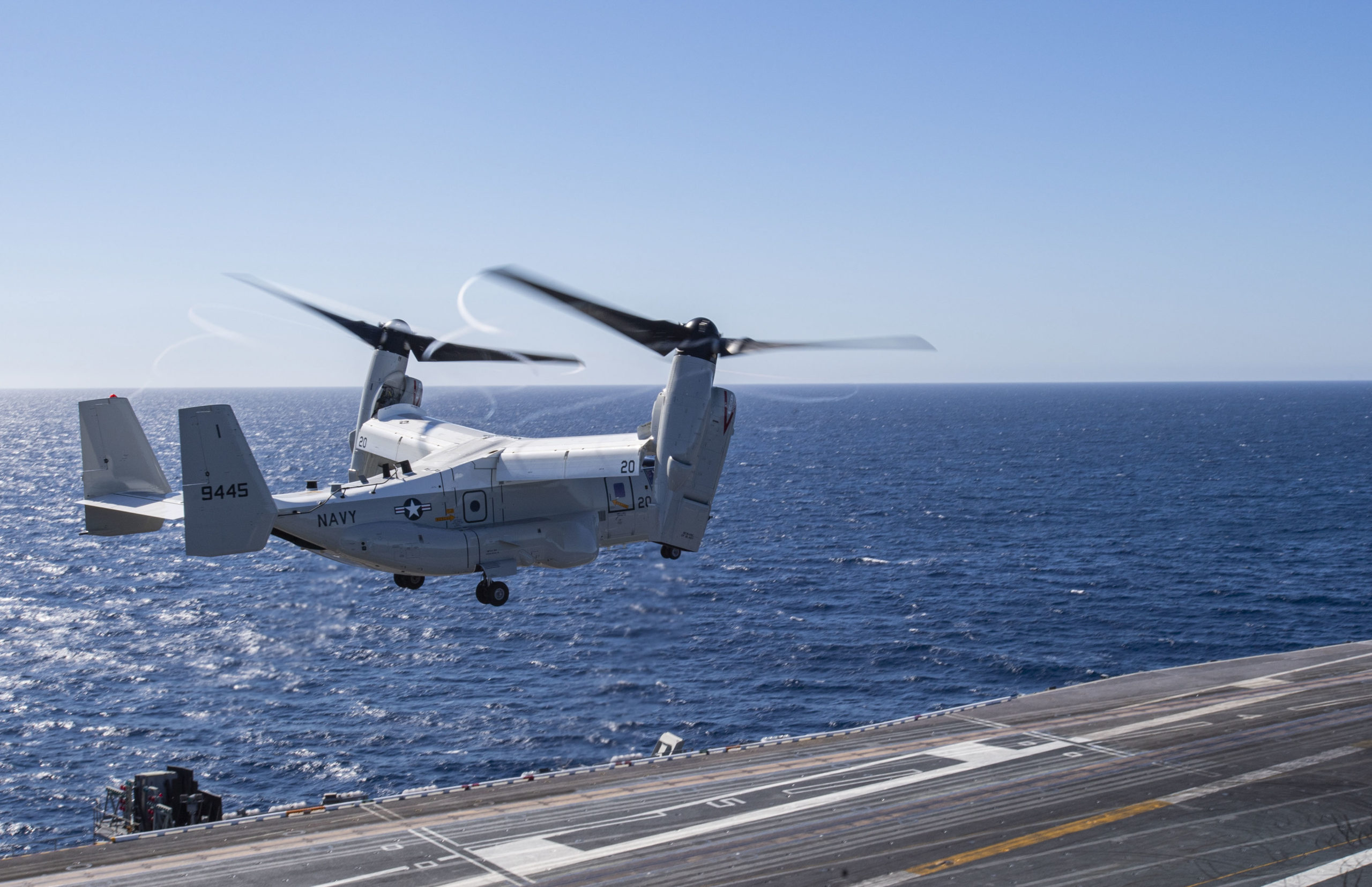By Pierre Tran
Paris – Perhaps future masters students at business and journalism schools will be presented with the European future combat air system as a case study on how not to handle communications on a multi-billion euro military project loaded with political and industrial implications.
There appears to be a potential lesson to be learnt on how to confuse the public readership, with German government and company statements made Nov. 18, claiming industrial agreement on the FCAS, seen as a symbol of European sovereignty backed by partner nations France, Germany and Spain.
The reality is industrial agreement has not been reached, said the executive chairman of Dassault Aviation, a key industrial partner.
“After intensive negotiations, industrial agreements for the next phase of the program have now been reached at FCAS,” the German defense ministry said Nov. 18.
“Parallel to these industrial negotiations, it was also confirmed at the highest government level that a cooperative approach on an equal footing is being pursued in the project, which is under overall French responsibility,” the German ministry said.
The key element of the FCAS is the new generation fighter, due to enter service in 2040 as replacement of the Rafale and Eurofighter fighter jets.
Talks between the industrial partners Airbus Defence and Space and Dassault have dragged on for more than a year for a contract to build a technology demonstrator on the planned fighter, under phase 1B.
Airbus DS is the German industrial partner, Dassault the French partner and prime contractor, and Indra the Spanish partner.
The French Elysée president’s office followed the German government with a statement sent exclusively to the AFP news agency, pointing up the positive with political agreement on FCAS among the three partner nations.
In contrast to the Berlin statement, which said industrial agreement had been reached, Paris said the industrial partners were “on the point” of reaching an accord.
“The political agreement on FCAS is a big step forward and – particularly in the present international context – an important signal of excellent cooperation between France, Germany and Spain,” the office of president Emmanuel Macron said, adding that France will be lead partner on the project. The latter point of French leadership is also in contrast to Berlin’s claiming an “equal footing” on the project.
Visitors to the Elysée website that day would have learnt about the importance of Macron’s visit to Thailand, part of attending the summit of the Asia-Pacific Economic Cooperation, and also the president’s view on the importance of the French language.
But there was nothing on the FCAS and its importance to Europe in a time of conflict.
The French armed forces ministry stayed silent.
The Spanish government on that day, on its website tells English speakers of the €36.682 billion ($37.687 billion) that Madrid will receive from the European Union, and how Spain passed the eight million international air passenger mark in October. There was nothing on FCAS.
The French media Les Echos, Le Monde, and La Tribune led their websites late on Nov. 18 with what looked like a breakthrough on the long running FCAS story. The afternoon daily Le Monde recast its story the following day, pointing up the lack of contract signed by the key industrial partners, Airbus DS and Dassault.
Le Figaro, a daily owned by the Dassault family, did not run a story on the FCAS. There was no mention of the FCAS in an interview in the Sunday paper JDD with the armed forces minister Sébastien Lecornu, nor any mention of Franco-German relations, a senior reporter of Challenges business magazine said Nov. 20 on social media.
Challenges pointed up Nov. 19 the silence of the French defense ministry and Dassault reflected the fact that a full industrial agreement had not been reached.
“Ninety eight percent has been agreed, but Dassault will not sign if the remaining two percent is not resolved,” a source close to the dossier told the magazine.
That two percent factor appears to point up how the German political statement might have overstated the level of industrial agreement.
That separation between political and industrial reality can be seen in remarks of Eric Trappier, executive chairman of Dassault, when he went Nov. 21 on RTL radio.
“A political false-announcement was made,” he said. “I think the German authorizations – which were hard to obtain – came through and that led to leaks.”
“Not everything is in place,” he said, so it was a case of being a little ahead of oneself.
Asked whether Airbus and Dassault had signed a contract, he said, “No, not at the time we are speaking.
“We will see,” he said, when asked whether a signature might be made this week.
French prime minister Elisabeth Borne is due to visit Berlin Nov. 25, opening a political window for a further announcement on FCAS, if an industrial agreement were reached.
Trappier was invited on RTL in his capacity as chairman of the French UIMM trade association for the metallurgical industry.
Airbus DS and Indra said Nov. 18 on social media that industry talks had been “concluded,” just after the statement from the German defense ministry.
“We can confirm that discussions among industry and governments on the next phase of FCAS have concluded which represents a big step forward for this European flagship defence programme,” the companies said. The statement does not appear on their websites.
“Now a number of formal steps in the respective countries have to be taken in order to allow speedy contract signature…
“Therefore, we will provide further updates on the programme and the way forward in due time once the contract between industry and the three nations is ready for final signature.”
The powerful German Bundestag parliament must authorize any spending above €25 million, and its approval of the budget for FCAS appears to have led to leaks to the press.
The Financial Times, a U.K. business daily, reported Nov. 17 France and Germany, and Airbus DS and Dassault “were close to formally advancing to a crucial stage” of the FCAS project.
There is also a possible Jan. 22 summit of French and German cabinet ministers, Politico website reported, seen as an opportunity for statements on cooperation on tough issues such as energy and defense.
The backstory to the tangled news story is how the German industrial partner, Airbus DS, has effectively sought to be joint prime contractor to the new fighter jet, while Dassault has resisted giving up its position as the clear lead on program management and architect of the flight control system, protection of intellectual property rights, and work share.
Phase 1B of the demonstrator project is reported to be worth around €3.5 billion, equally shared among the partner nations. There remains to be negotiations for later stages of FCAS work.
The total value of the FCAS is estimated to be €80 billion-€100 billion, and the project includes remote carrier drones and a combat cloud of extended communications network.
The U.K. has pledged to fly its demonstrator of the Tempest next generation fighter in 2027.


